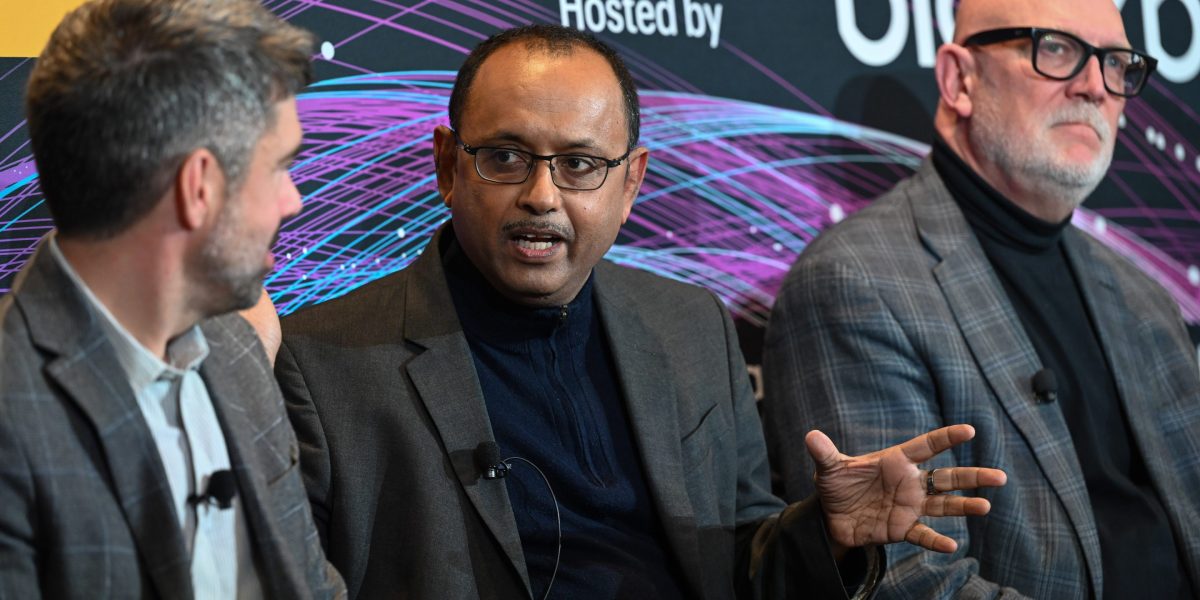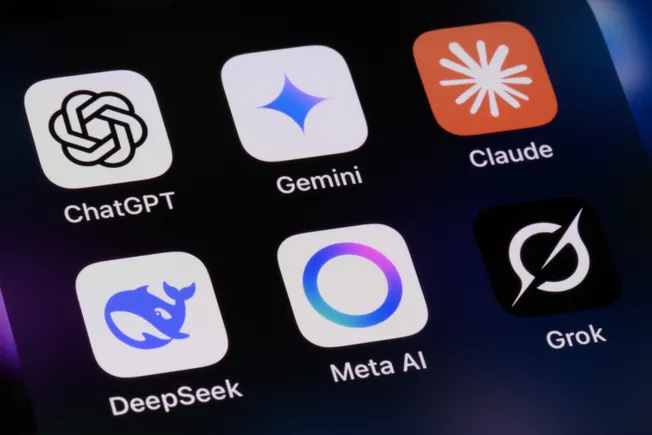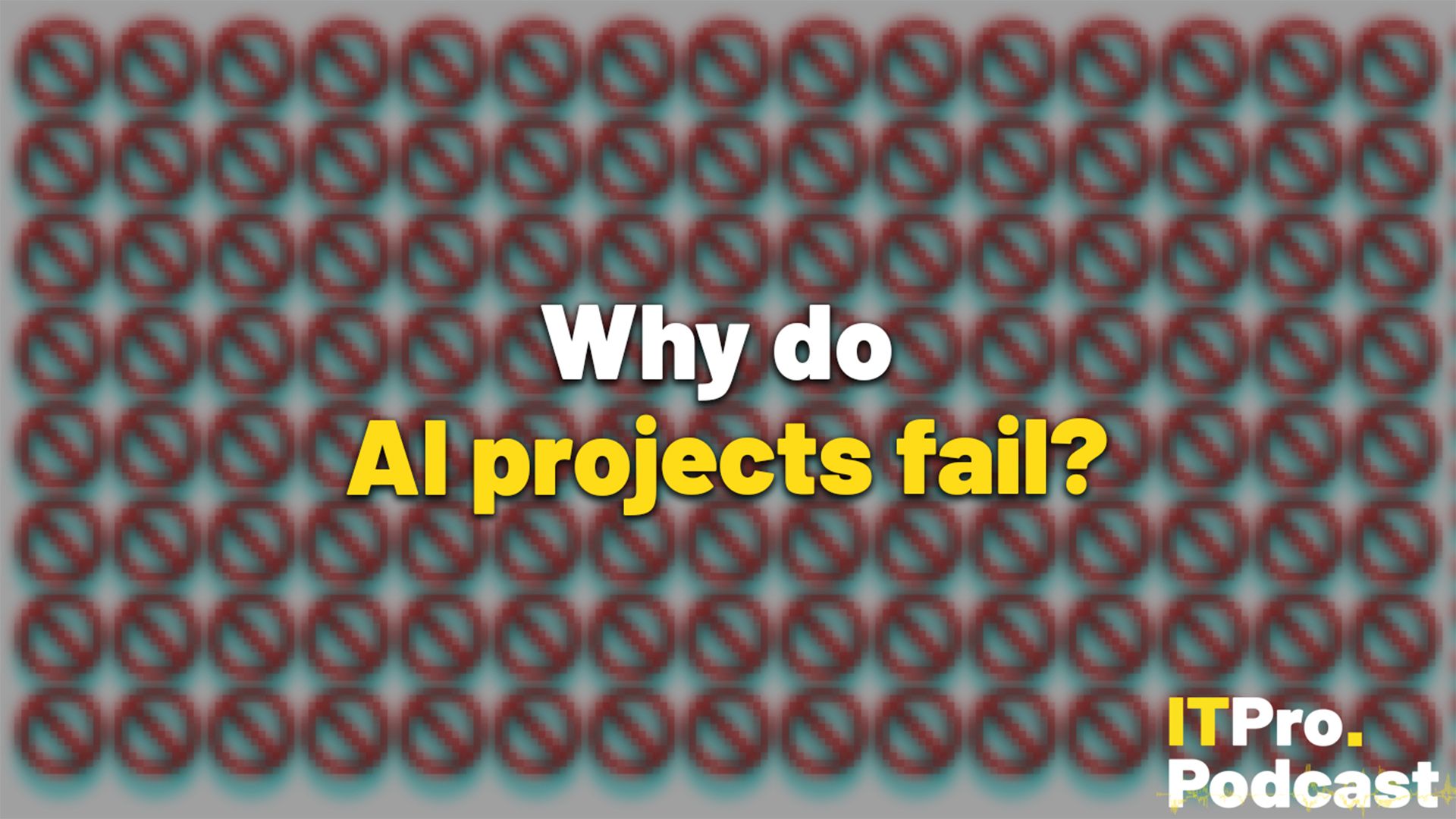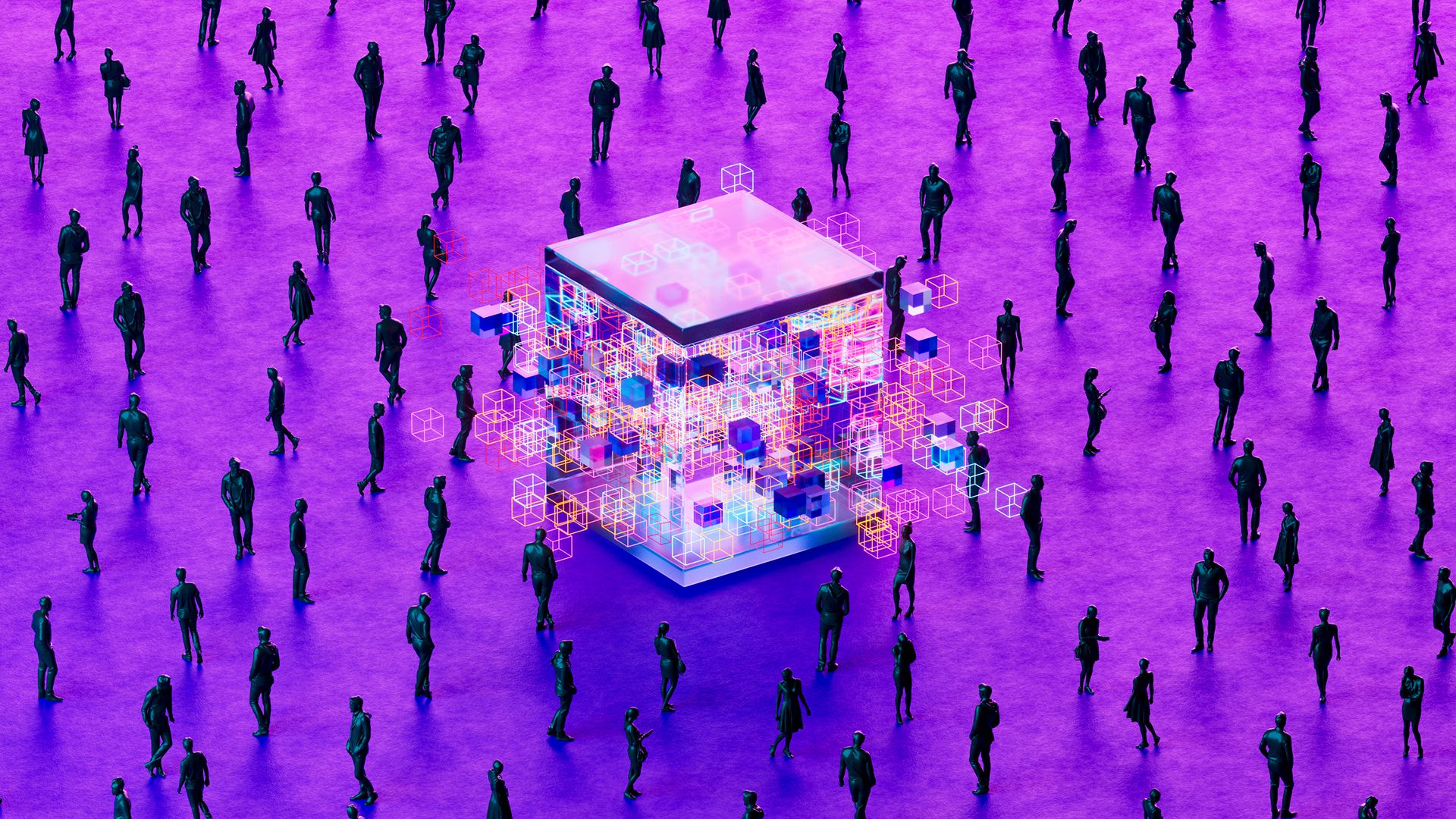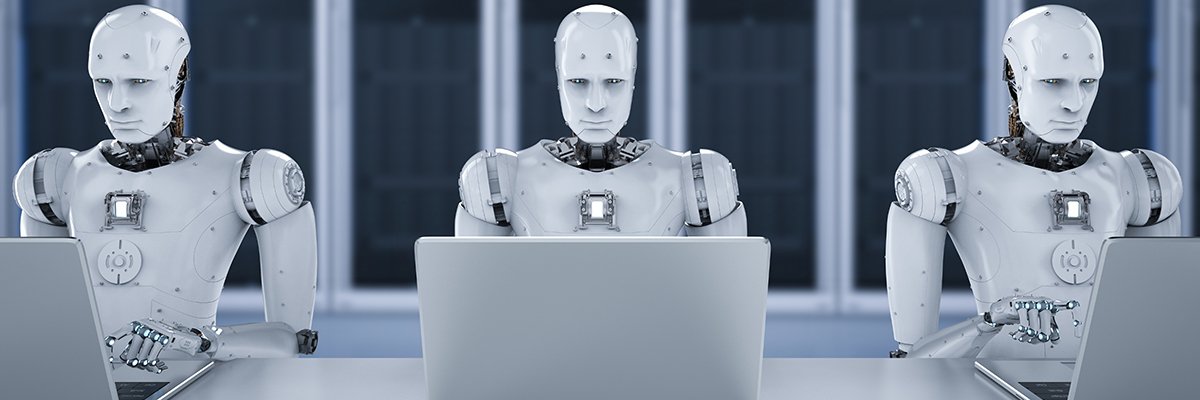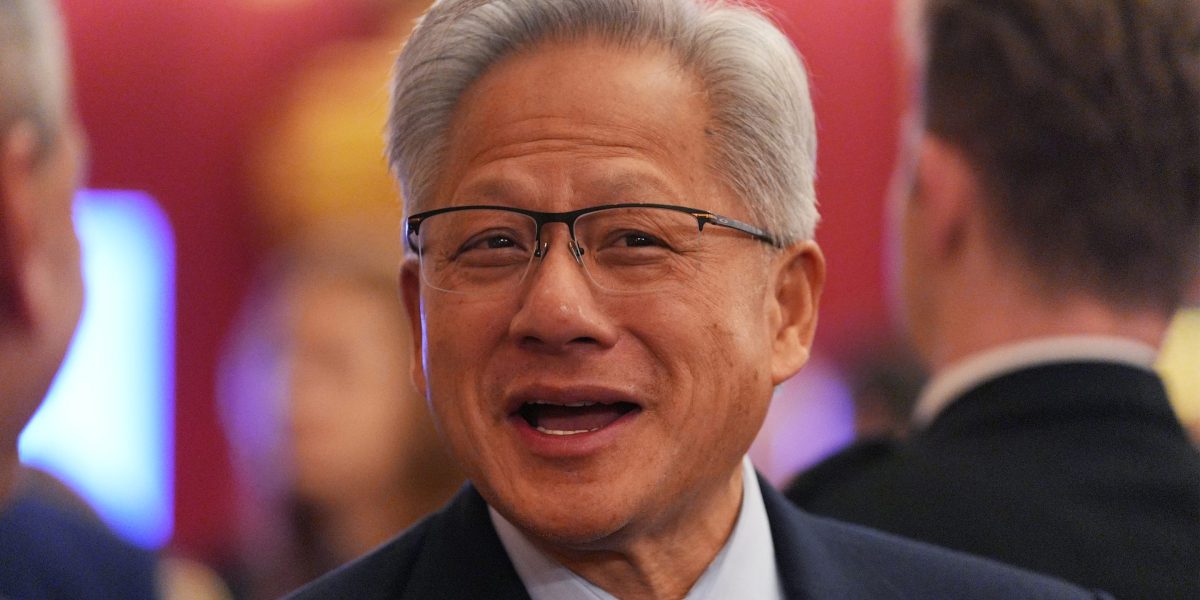#ai-adoption
#ai-adoption
[ follow ]
#generative-ai #chatgpt #agentic-ai #productivity #developer-tools #enterprise-ai #marketing-operations #ai-trust
Artificial intelligence
fromeLearning Industry
1 day agoAI Skills Everyone Will Need In 2026, And How eLearning And HR Tech Vendors Can Monetize The Opportunity
AI skills, especially prompting engineering, determine workforce competitiveness; organizations must urgently upskill employees to bridge talent gaps and enable AI-driven productivity.
fromFortune
1 day agoThe AI skills gap is really a 'critical thinking' gap: The Fortune 500 fears it can't find talent with enough sharp thinking | Fortune
A new global survey encompassing the views of 1,540 board members and C-suite executives reveals that while corporate leaders are embracing artificial intelligence (AI) with optimism, a far more profound and existential talent crisis is emerging: the disappearance of the pathways that traditionally developed senior-level strategic expertise. AI is exposing not merely a lack of technical skills, but a critical thinking gap threatening the organizational pipeline needed to oversee and optimize these powerful new systems. In a moderated discussion with Joe Kornik, Senior Director, Editorial Programs, Protiviti, a series of experts and top executives from the consulting firm revealed the biggest concerns on executives' minds heading into 2026, during a lunchtime panel in New York City.
Artificial intelligence
Information security
fromIT Pro
4 days agoCyber budget cuts are slowing down, but that doesn't mean there's light on the horizon for security teams
Cybersecurity teams face a critical shift from headcount shortages to severe skills shortages, increasing breach risk despite slowing budget cuts and layoffs.
fromComputerworld
4 days agoAt Tractor Supply, investing in an innovation culture drives success
Tractor Supply, the No. 1 large company in this year's Best Places to Work in IT rankings, cultivates and reinforces its innovation culture through company-wide events as well as a broad spectrum of training and education programs. Tractor Supply IT employees are encouraged to spend time in-store to get first-hand experience in what frontline team members accomplish on a daily basis. Job shadowing lets IT staffers to explore new roles they may be interested in.
Artificial intelligence
fromFortune
4 days agoCursor developed an internal AI Help Desk that handles 80% of its employees' support tickets says the $29 billion startup's CEO | Fortune
Truell said the company had already automated roughly 80% of its customer support tickets with the help of the technology. He said the company had also implemented an internal AI-powered communication system that allows employees to query information across the organization. "We've actually done a lot of work internally on customizing that setup," he said. Cursor also uses AI for internal communications, he said. "We have a system where folks can ask any question about the company and get it answered by an AI," Truell said,
Venture
Law
fromAbove the Law
4 days agoBiglaw's Worst Enemy Isn't AI, It's Clients Using AI to Stop Paying Them - Above the Law
Corporate law departments are bringing significant legal work in-house, reducing projected outside counsel spend while adopting AI and reallocating resources to internal legal operations.
fromFortune
5 days agoMcKinsey's CFO: Why finance chiefs shouldn't hit pause on AI right now | Fortune
Following President Donald Trump's so-called Liberation Day, Atsmon said significant uncertainty emerged around the new administration's economic and geopolitical agenda. "If I look at the peak of uncertainty, what I was focused on as a CFO was: What are the things that I should be doing that would be helpful in any scenario?" Atsmon said. "The worst thing is inaction," he added. Acting on what you can control builds resilience, he said.
Artificial intelligence
fromBusiness Insider
6 days agoThe CEO of a McKinsey-backed employment nonprofit shares 4 ways leaders can implement AI effectively
Mona Mourshed has spent over a decade working on the future of work. As CEO of Generation, one of the world's largest employment nonprofits, operating in 17 countries and helping more than 140,000 people land jobs, she has a front-row seat to how companies are grappling with artificial intelligence. Her takeaway: Many companies are rolling out AI without a clear strategy.
Artificial intelligence
London startup
fromBusiness Insider
6 days agoI joined a company with an AI mandate. I was daunted at first, but I've saved hours by solving a big, boring problem.
An AI mandate requiring employees to generate half their output freed time by automating mundane tasks, enabling more focus on creative marketing and cryptogaming.
fromEMARKETER
1 week agoSMB marketers are using AI for landing page design more than any other optimization tactic
Key stat: 31% of US SMB marketers and business owners use AI-driven design or layout recommendations to optimize landing pages, according to a June 2025 survey from Ascend2 and Unbounce. Beyond the chart: The adoption mirrors broader B2B behavior. 95% of B2B marketers are using AI-powered tools in some capacity, with 89% specifically employing AI for generating marketing or written copy, according to an October Content Marketing Institute report.
Artificial intelligence
fromFortune
1 week agoElon Musk and Bill Gates are wrong about AI imminently replacing all jobs. 'That's not what we're seeing,' LinkedIn exec slams | Fortune
Companies adopting AI are increasing hiring for business development, tech‑savvy, and sales roles to capitalize on innovation and growth opportunities.
Soccer (FIFA)
fromBavarian Football Works
1 week agoBayern Munich news: FC Bayern building The Terminator on campus?; Arsenal, Liverpool, Manchester City, Manchester United, Chelsea, Tottenham Hotspur want Real Madrid's Rodrygo; and MORE!
FC Bayern banned ChatGPT and require employees to use a privately hosted, club-developed AI platform while top clubs monitor Rodrygo's potential transfer.
fromComputerWeekly.com
1 week agoConstrained budgets left security teams short-handed in 2025 | Computer Weekly
After a torrid 2024, the wider macroeconomic conditions affecting cyber security professionals showed signs of levelling off in 2025, with reports of budget cuts and layoffs to cyber teams dropping slightly this year after surging in the prior period. However, constrained budgets remain a key driver behind the ongoing cyber skills shortage. This is according to the annual Cybersecurity workforce study produced by cyber professional association ISC2, which polled over 16,000 security professionals to produce this year's report.
Information security
Artificial intelligence
fromFortune
1 week agoGoogle VP says the AI revolution is just a matter of time: 'The younger generation is really feeling like it's a native part of how they work' | Fortune
Workers aged 22–39 treat AI as a native, integral part of daily work and career development, unlike older generations.
fromInc
1 week agoHere's How AI is Fueling Small Business Creation and Driving Growth
Concern over the potential of artificial intelligence replacing employees remains high as the number of work tasks the tools can tackle grows. But the technology now plays a large role in boosting employment, too. A new report by job site LinkedIn shows how AI does that by fueling small business growth, and enabling a rising number of aspiring entrepreneurs to strike out their ow
Artificial intelligence
fromIT Pro
1 week agoHow the UK is leading Europe at AI-driven manufacturing
According to a recent report from digital transformation and industrial automation provider Rockwell Automation, the UK already leads Europe in smart manufacturing, with 53% of its manufacturers using AI on the factory floor and 98% overall planning to implement it. This compares to a global average of 41% introducing AI and machine learning (ML), as well as 95% planning to implement.
Artificial intelligence
fromFast Company
1 week agoTrust, but verify: Leading in the age of AI overconfidence
No doubt you've noticed it-along with millions of others who now rely on AI for everything from planning product launches and rewriting emails to turning their beloved pets into cartoons. The adoption speed has been remarkable. In just a few years, AI has gone from a buzzword to a daily fixture in countless workplaces. And for many, it's already hard to remember what work looked like without it.
Artificial intelligence
Artificial intelligence
fromComputerWeekly.com
1 week agoSAP user group chair warns of AI low-hanging fruit risks | Computer Weekly
Businesses must adopt AI, low-code tooling, and process change to cut costs and deliver long-term enterprise software value, despite slow ROI and implementation complexity.
fromBusiness Insider
1 week agoThe secret to avoiding 'AI slop' - let workers 'job craft' their own roles around AI tools, researchers say
Employees who take the initiative to reshape their roles around artificial intelligence - rather than simply using it to speed through tasks - are more engaged, motivated, and creative at work, according to new research from Multiverse, the upskilling platform for AI and tech adoption. The study, conducted in June and July, analyzed 295 UK full-time professionals across industries, including finance, government, and technology, all of whom had used generative AI for at least six months.
Artificial intelligence
fromFortune
2 weeks agoHow AI can power Europe's next industrial revolution | Fortune
Europe stands at a pivotal moment. On one hand, demographic pressures, energy market volatility and sluggish productivity are squeezing growth. On the other hand, the continent has an opportunity to reassert its competitiveness with the United States and China, which are taking the lead in strategic technologies such as AI. This matters because AI is arguably the most transformative technology for productivity in history.
Miscellaneous
fromFast Company
2 weeks agoHow to introduce AI to a skeptical workplace
Chris was frustrated. He'd used Artificial Intelligence ( AI) extensively in college. Now at his first job, he saw very few of his colleagues ever experimenting with it. At first, Chris tried bringing up AI conversationally. He mentioned creating a meal schedule, as well as planning a cool weekend trip itinerary. But when he suggested to his manager how they might want to incorporate AI into their workflow, he felt rebuffed.
Artificial intelligence
fromBenzinga
2 weeks agoAI Fever Hits High-Income Consumers - But Not The Rest Of America - Zoom Communications (NASDAQ:ZM), DoorDash (NASDAQ:DASH)
Google's Gemini and OpenAI's ChatGPT were the two fastest-growing brands this year among consumers earning more than $100,000 a year, according to Morning Consult. The report measured interest in these tools by purchasing intent, which jumped sharply from the first quarter to the third quarter. Don't Miss: Brand awareness among this income group also skyrocketed. Gemini, for example, rose from 62% awareness early in the year to 78% by the third quarter. ChatGPT remains the most well-known AI tool, with 89% familiarity among high-income consumers.
Artificial intelligence
fromComputerworld
3 weeks agoHow IT leaders can build successful AI strategies - the VC view
The AI gold rush these days is littered with abandoned enterprise projects, with humans - not the technology itself - being blamed for high failure rates of AI projects. Recent data indicates that stagnant AI projects were often the result of poor vision, mismanagement, and a lack of resources. Eagerness from the top to become "AI-first" companies is also putting pressure on C-suite execs and other IT decision-makers who might not have the budgets, systems, or tools for success.
Artificial intelligence
Marketing tech
fromMarTech
3 weeks ago82% of marketers fail AI adoption (Positionless Marketing can fix it) | MarTech
AI-driven automation without human judgment can repeatedly degrade product or marketing outcomes, requiring responsible oversight, data protections, and human decision-making to avoid compounding failures.
fromForbes
3 weeks agoMarketing And AI Tools: Putting The 'I' In 'AI'
Throughout the past few years, I've observed that many people in the marketing world have moved past their initial worries about AI. A common theme I'm hearing these days? It isn't that AI will take over, but rather that we're moving toward incorporation. I see AI as a fast, intuitive tool. But as marketers, how should we use it?
Artificial intelligence
Artificial intelligence
fromFortune
3 weeks agoChina's focus on 'diffusion' and open-source may prove a better AI play than the U.S.'s drive for 'perfection' | Fortune
Chinese open-source AI models are rapidly advancing, offering cheaper, lightweight alternatives that enable mass-market adoption but pose support and safety trade-offs.
fromBusiness Insider
4 weeks agoChart: AI is paying off, but only for these industries so far
AI is moving from promise to measurable payoff across corporate America. According to new data from Morgan Stanley, the share of S&P 500 companies citing quantifiable benefits from AI adoption has steadily climbed, reaching 15% in the third quarter, up from 11% a year earlier. Among firms that the analysts classify as "AI adopters," nearly one in four now report tangible performance improvements.
Artificial intelligence
from24/7 Wall St.
4 weeks agoStock Market Live November 14: S&P 500 (SPY) Falls as Tech Gets Hit Hard Again
The financial services company, in a note to investors this week, said that it believes the AI story is just getting started - and the investments that seem huge today will be dwarfed by the benefits AI will deliver. Long term, the investment bank says that AI adoption could add $20 trillion to the U.S. economy. AI, according to Goldman Sachs, is already delivering those gains in productivity when deployed right.
US news
fromMarTech
4 weeks agoConversational AI is growing rapidly, but consumers have a few concerns | MarTech
The use of conversational AI for customer service and sales is rapidly increasing, according to a new report from Twilio, which found 63% of organizations in either the final or complete stages of development, and 85% of consumers reporting interactions with an AI agent within the past three months. The report, "Inside the Conversational AI Revolution" (no registration required), also found that 99% of organizations anticipate their conversational AI strategy will change in the next 12 months.
Artificial intelligence
fromIT Pro
4 weeks agoCEOs admit majority of cloud environments were 'built by accident rather than design' - and it's coming back to haunt them
In the company's annual Cloud Readiness Report 70% of CEOs admit they built their current cloud environment "by accident, rather than by design" - this often entailed periodic upgrades aimed at addressing short-term needs, rather than focusing on longer term strategic improvements. Kyndryl said this shows that many lacked a "deliberate strategy" when pursuing cloud transformation projects, and the effects of this are starting to show with huge workload pressure placed on cloud environments, as well as growing security threats and evolving regulatory requirements.
Artificial intelligence
[ Load more ]
